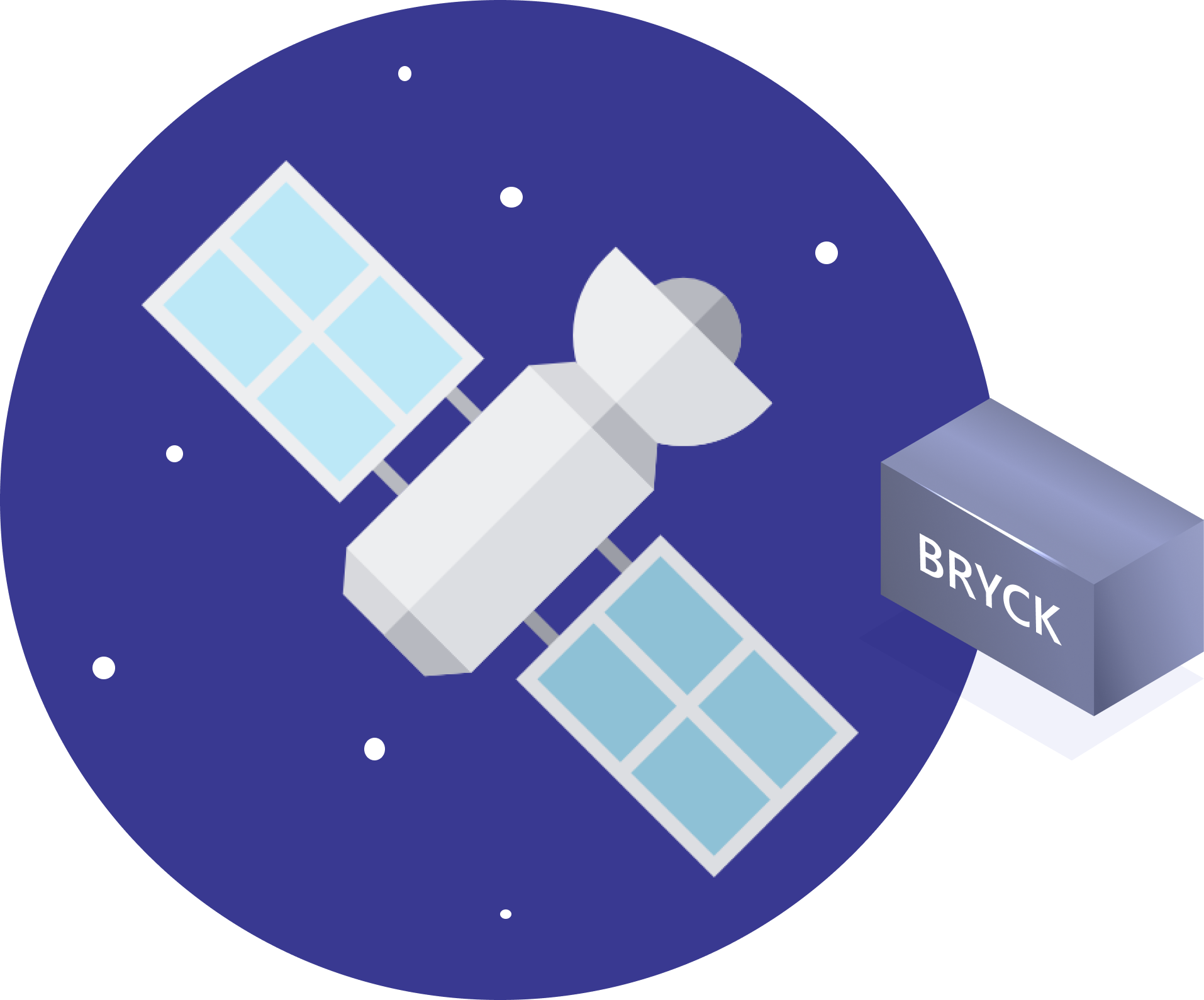Applications > Far Edge Applications
Analyze, Store and
Transport data at any
depth or height



With us,
you will...

With us,
you will...
Process data fast for real-time insights
Transport data to Cloud
Perform detailed analysis at the centralized data center
Bypass unreliable and slow network
The BRYCK® Upside
Process data at the source
Create huge value in edge analytics by processing the critical data right at the edge. Provide analysts with immediate access to intelligence gleaned from edge data thus resulting in timely actions.
Physically move petabytes of data
Compute and store in the cloud
Securely transport your data from far edge to the cloud and build a robust infrastructure that supports the expansion of your operations effectively and efficiently.
Perform additional analytics
Analyzing various types of data. Evaluate the workloads you plan to run at centralized data center location to get a comprehensive report at data centers to determine patterns, gain detailed insights and make data-driven decisions to meet business objectives.
Want to find out more about how Tsecond can transform your data journey?